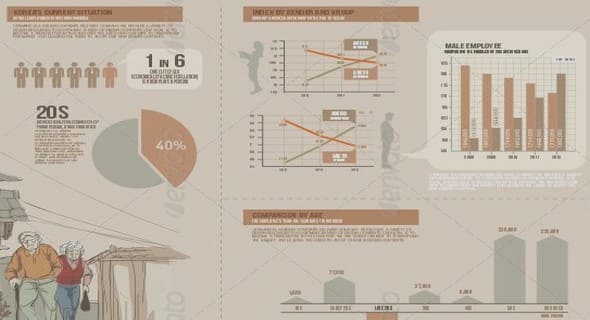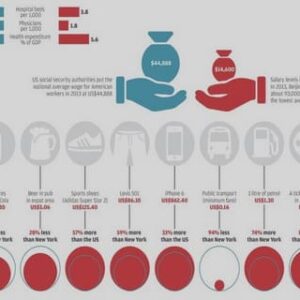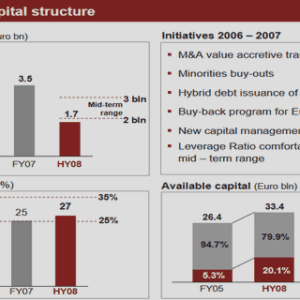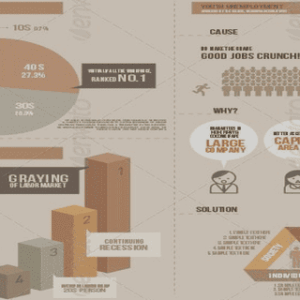(Downloads - 0)
For more info about our services contact : help@bestpfe.com
Table of contents
Introduction
1 Transatlantic Employment Outcomes
1.1 Introduction
1.2 Data
1.2.1 Labor force surveys and samples
1.2.2 Variables and measurement
1.2.3 Break correction
1.3 Aggregate employment and job polarization
1.3.1 Aggregate employment outcomes
1.3.2 Job polarization
1.4 The transatlantic employment gap
1.4.1 Socio-demographic composition and propensities
1.4.2 The transatlantic employment gap
1.4.3 Decomposition by socio-demographic groups
1.4.4 Non-employment
1.5 Employment dynamics
1.5.1 Employment change decomposition
1.5.2 Aggregate relevance of socio-demographic groups
1.6 Labor market transitions
1.6.1 Average transition rates
1.6.2 Job polarization and occupational mobility
1.7 Conclusion
2 Job Polarization and Unskilled Employment Losses in France
2.1 Introduction
2.2 Stylized facts
2.2.1 The deterioration of unskilled employment outcomes
2.2.2 Job polarization
2.2.3 Occupational wage dynamics
2.2.4 Labor taxation policies
2.2.5 An incomplete reallocation of unskilled labor
2.3 A general equilibrium model
2.3.1 The environment
2.3.2 Production
2.3.3 Occupational choice
2.3.4 The representative consumer
2.3.5 Market clearing conditions
2.3.6 Equilibrium
2.4 Calibration
2.5 Results
2.5.1 The obstructed reallocation of unskilled labor
2.5.2 Labor taxation and technological change
2.5.3 Accounting for the decline in unskilled employment
2.5.4 Discussion
2.6 Conclusion
3 Routine-Biased Technological Change and HoursWorked over the Business Cycle
3.1 Introduction
3.2 A general equilibrium model
3.2.1 The model
3.2.2 Calibration
3.2.3 Comparative statics
3.3 Data
3.3.1 Data construction
3.3.2 Stylized facts
3.4 A VAR model
3.4.1 Bayesian estimation
3.4.2 Identification
3.5 Results
3.5.1 Specification I – Is Gali’s technological shock neutral?
3.5.2 Specification II – RBTC, neutral and task-supply shocks
3.5.3 Technological shocks and aggregate fluctuations
3.6 Conclusion
Conclusion
A Appendix of chapter 1
A.1 Alternative measure of the employment deficit
A.2 Margin-error adjustment
A.3 Additional Tables and Figures
B Appendix of chapter 2
B.1 Additional Figures and Tables
B.2 Data
B.2.1 French Labor Force Survey and samples
B.2.2 Building variables
B.3 Re-weigthing methods
B.3.1 Counterfactual employment structure
B.3.2 Wage change decompositions
B.4 Labor taxation policies
B.4.1 Labor taxation time series
B.4.2 A brief history of labor taxation policies
B.5 Asymptotic equilibrium
B.5.1 Preliminary computations
B.5.2 Asymptotic wages
B.5.3 Asymptotic allocation of labor
B.5.4 Asymptotic wage inequality
C Appendix of chapter 3
C.1 Comparative statics analysis
C.2 Univariate time series analysis
C.2.1 Unit root tests
C.2.2 Robustness of business cycle moments
C.3 VAR algorithm
C.4 Additional results
C.4.1 Impulse responses
C.4.2 Forecast error variance decompositions
C.4.3 Historical decompositions
C.5 Empirical robustness
List of Figures
List of Tables
Résumé français
Asbtract




